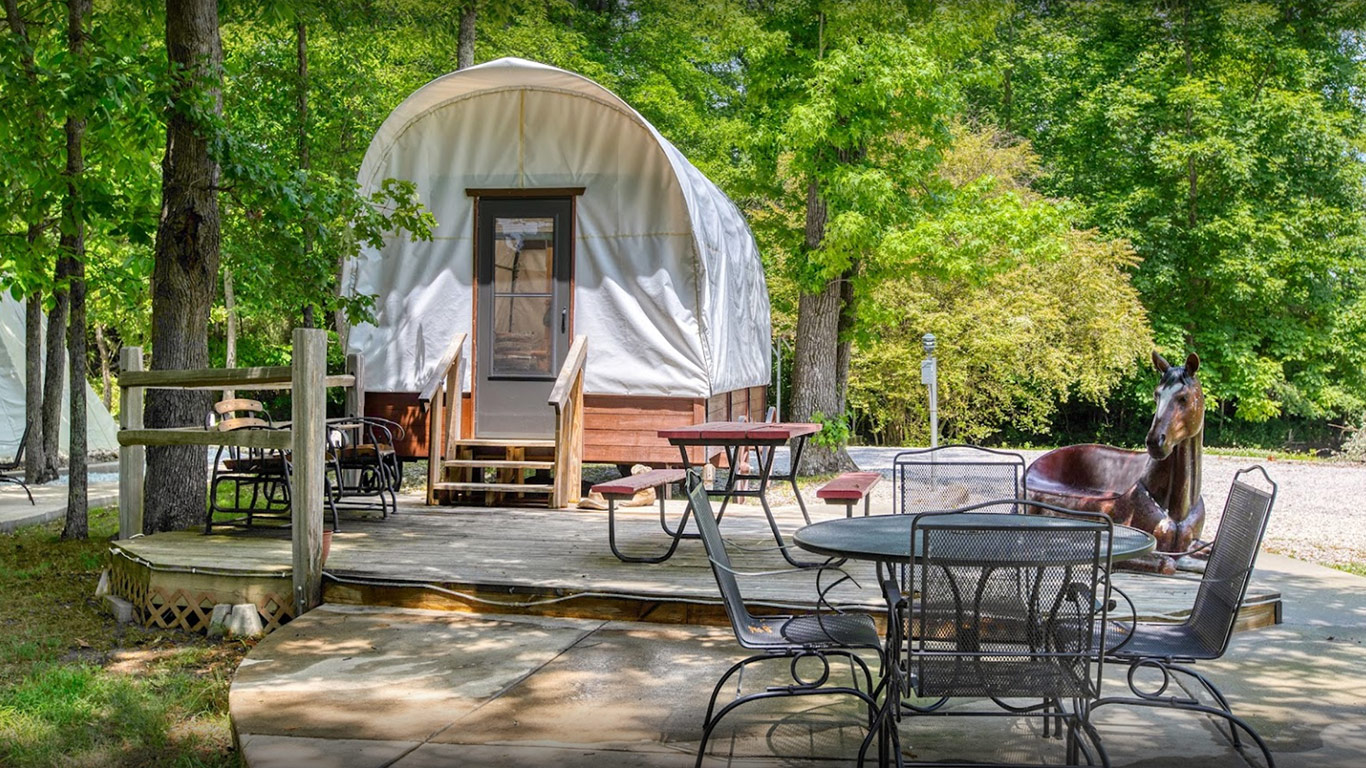
Outdoor survival tips can be lifesavers in any outdoor situation. From shelter to food and water sources, knowing how to improvise with what resources are available is essential for long-term survival in nature.
Make a Shelter
Shelter can protect you from the elements and help retain body heat in cold weather. Leaves, pine needles, and other debris can all serve as materials to create an easy survival shelter.
Lean-tos are one of the simplest and easiest natural shelters to build, providing shelter from wind while staying out of reach of wildlife that might attempt to enter it. Choose a location away from any sources of draft that could destabilize its foundation – these shelters have earned themselves their name as widowmakers! – to avoid unnecessary disruption.
Find Food and Water
Water is essential to survival and should always be considered one of the primary concerns when traveling outdoors. Knowing how to locate and purify drinking water using filters, iodine tablets or boiling can save lives in emergency situations.
Food security is paramount, and knowing how to hunt or fish for it can be invaluable. Barring that, it’s always wise to carry a day pack with lots of protein sandwiches and snacks anytime you venture out. Furthermore, learning the identification of edible plants could prove useful – just make sure not to consume anything which might be poisonous or potentially detrimental to your health!
Build a Fire
Building a fire is an invaluable wilderness survival skill that can keep you warm, cook food and cauterize wounds. Always have matches or a lighter on hand as it takes more energy to light a flame in wet conditions than expected.
Here’s how to effectively build a good fire.
Select the proper wood for your fire by seeking out needle-bearing trees like spruce, fir and pine, especially those with sticky sap that makes lighting easier. Also, be sure to split sticks and twigs for kindling as their inner dry parts ignite more readily than their bark exterior.
Signal and Communicate When Lost
If you find yourself lost, it is crucial that you stay calm. Panicking could lead to making decisions that put your life at risk and could lower your risk for survival.
Outdoor adventurers frequently utilize FRS radios as part of their communication device, but they can also be used as signals for help using Morse code by rapidly flashing three times, followed by slowly flashing for three seconds before flashing rapidly again.
Keep an eye out for recognizable landmarks, and try walking in a straight line if possible if using a compass. Look out for trail markers or broken tree branches as these will help with getting your bearings if you get lost and could help you lead back to your campsite if necessary.
Learn Basic First Aid
An essential skill for outdoor survival trips is basic first aid knowledge. This includes knowing how to perform CPR on someone as well as treating common injuries like heavy bleeding or broken bones.
Learn to recognize which plants are edible and which ones may be dangerous when camping or hiking to help avoid eating potentially hazardous plants that could put your health at risk. Pocket books on the subject are widely available and is a good idea to have along. Having this knowledge can also prevent the accidental consumption of poisonous or toxic plants.
Most injuries sustained while camping tend to be minor and can be treated easily if you have the proper supplies at hand. Enrolling in a wilderness first aid course before your camping adventure can ensure you’re ready should anything go wrong on your trip.
Tie a Knot
Discovering how to tie a knot is an invaluable skill when camping, enabling you to secure tarps and tents, make clotheslines and tent stakes, hang bear bags, and much more.
Bowline knots are ideal camping knots because they won’t slip under tension and can be tied with one hand. Clove hitches are great for tying lines to objects like trees or posts; after tightening them they’re easy to untie once pulled tight. Trucker’s hitches create adjustable loops on ropes.